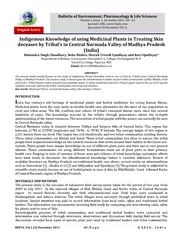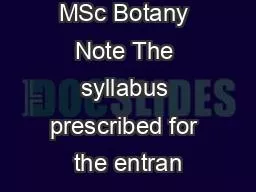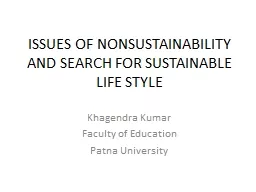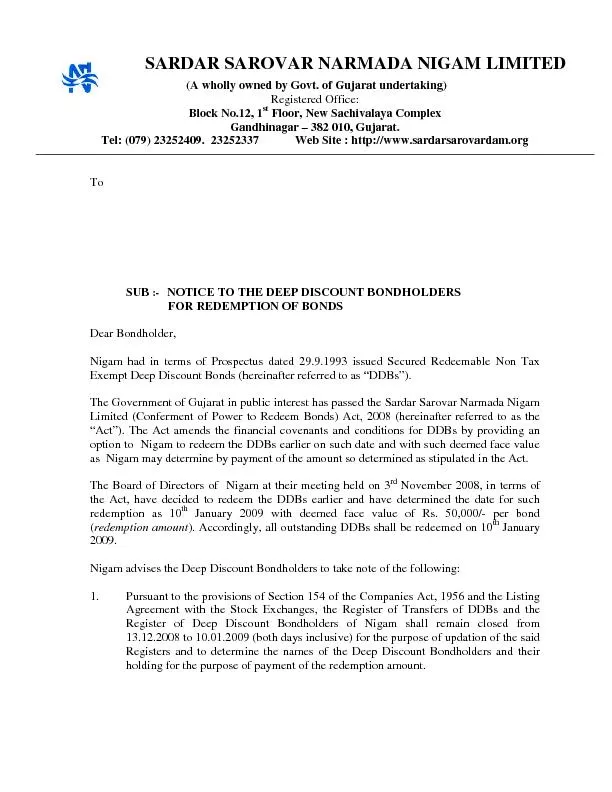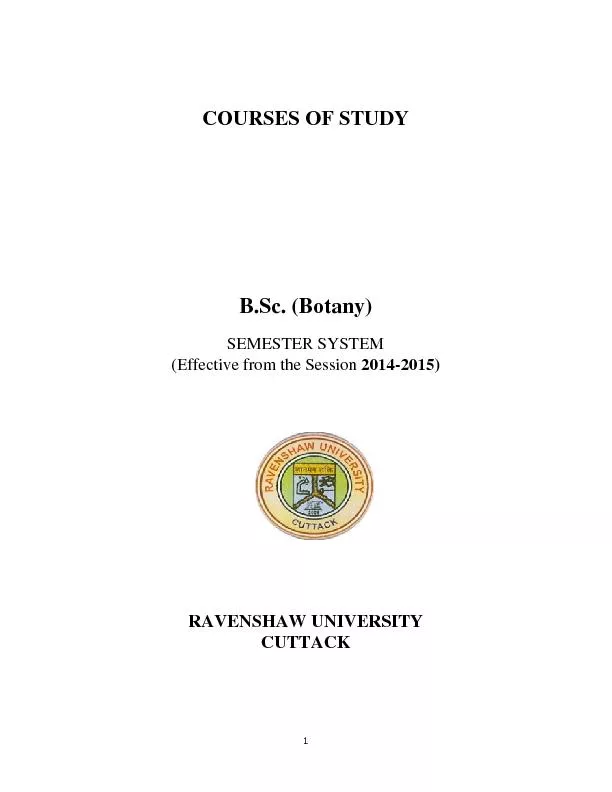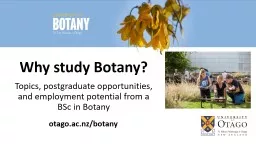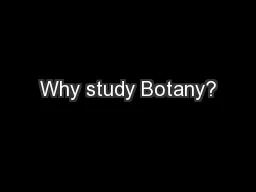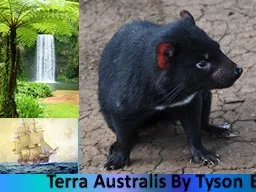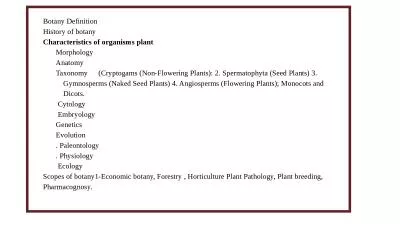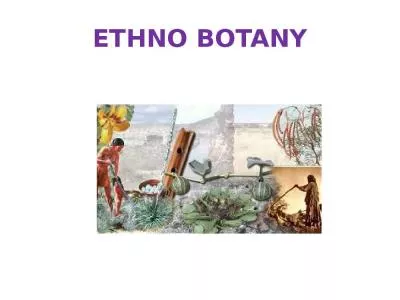PDF-Department of Botany Government Narmada P
Author : ellena-manuel | Published Date : 2015-05-25
G College Hoshangabad M P GovtPGCollege Pipariya MP drru12000yahoocoin The present study mainly focuses on the study of Indigenous Herbal Remedies used to cure of
Presentation Embed Code
Download Presentation
Download Presentation The PPT/PDF document "Department of Botany Government Narmada..." is the property of its rightful owner. Permission is granted to download and print the materials on this website for personal, non-commercial use only, and to display it on your personal computer provided you do not modify the materials and that you retain all copyright notices contained in the materials. By downloading content from our website, you accept the terms of this agreement.
Department of Botany Government Narmada P: Transcript
Download Rules Of Document
"Department of Botany Government Narmada P"The content belongs to its owner. You may download and print it for personal use, without modification, and keep all copyright notices. By downloading, you agree to these terms.
Related Documents

